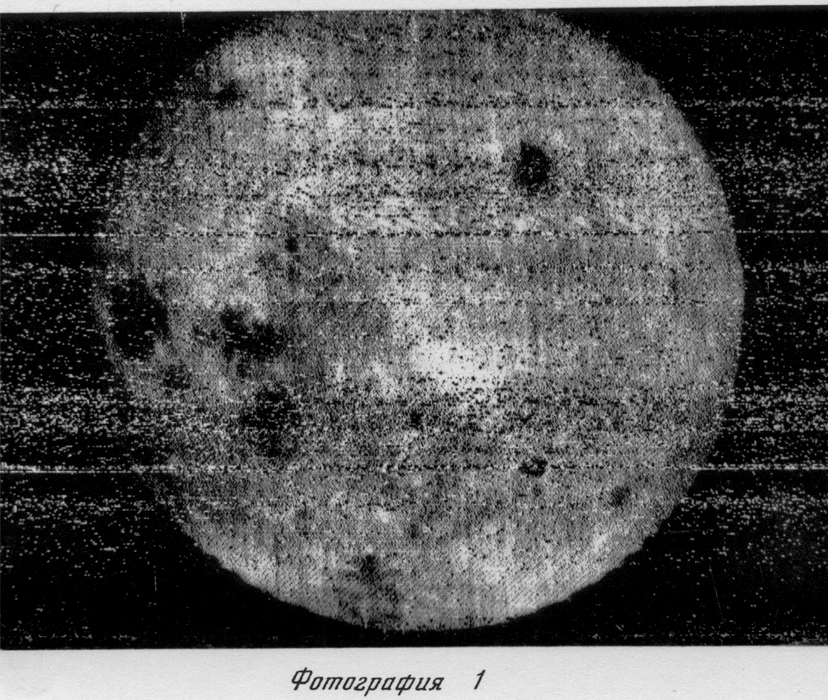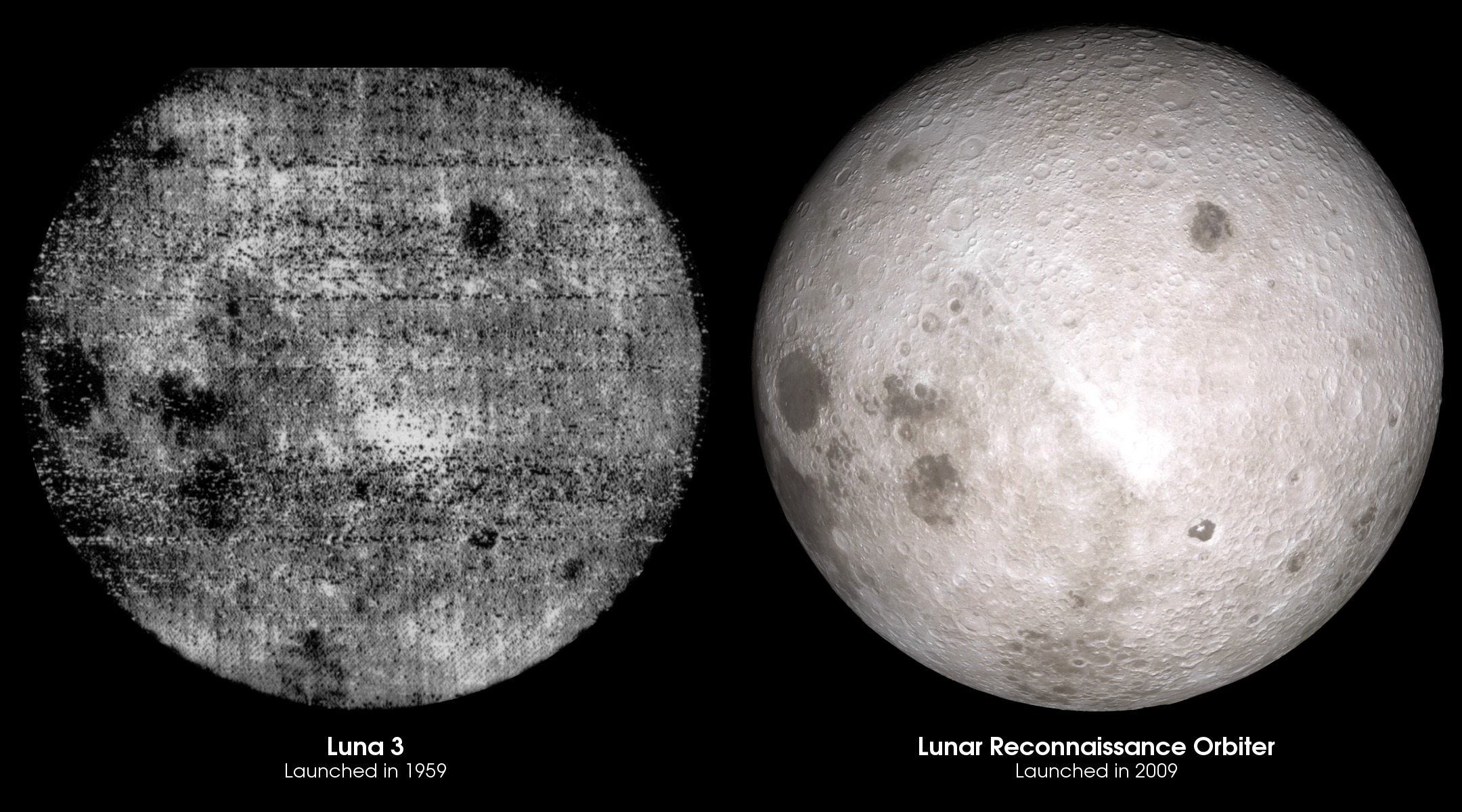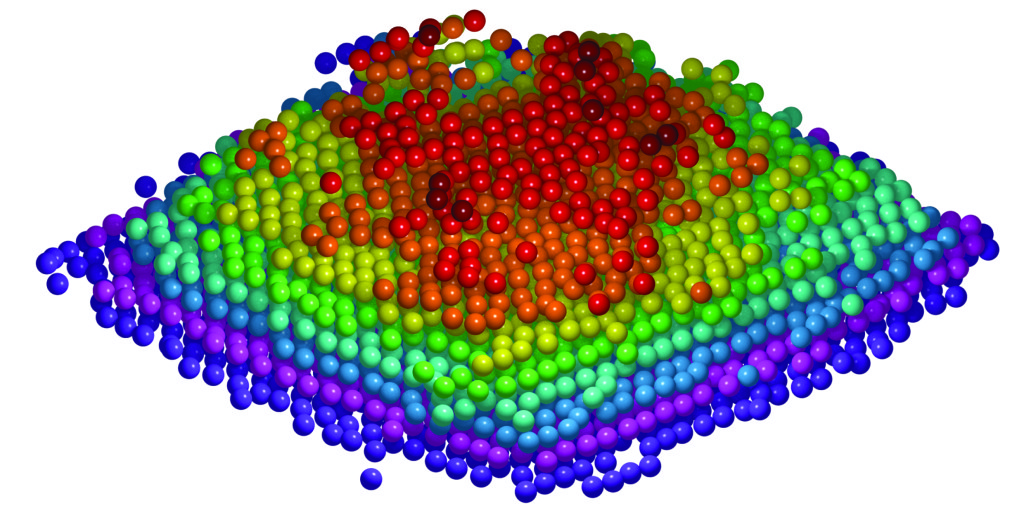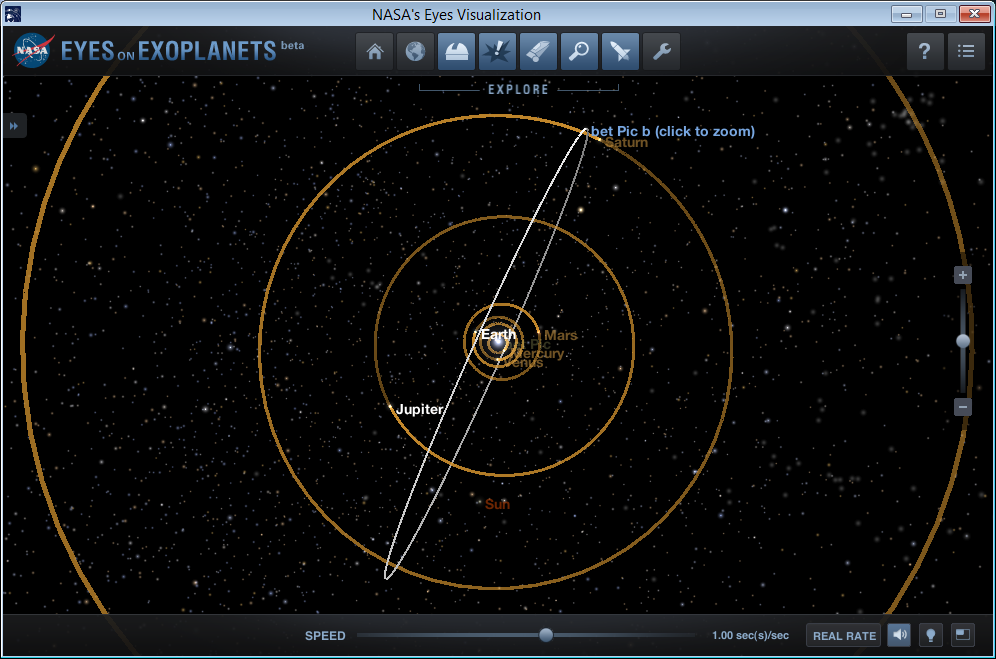The 2015 edition of @Scale featured an extremely interesting insight on how Google handles its codebase.
I won’t repeat what is so clearly explained in the video. Instead, I would like to focus on its potential viability for very small companies.
Indeed, sky high numbers like Google’s require a huge effort in tooling, standardization and definition of constraints and procedures. As a result, similar companies willing to unify their codebase would generally consider it unpractical.
However, I believe that a monolithic codebase could be a huge improvement in efficiency and reliability for small software houses, for several reasons.
#1: Organization
Small companies tend to have little to no policies in terms of repositories, code quality, conventions, etc. Thus, code improvements, modifications, copies, versions, docs and changelogs have a tendency to scatter around company systems, personal computers and the internet. If there is one repository, then everything can be kept together and under control.
#2: Code reuse
That’s pretty much the same for Google. You write code once and then use it across multiple softwares. However, in small companies code reuse can become a nightmare (see versions fragmentation, unmerged customizations,…). With little to no policies, versions can even be lost on some hard disk placed somewhere. A unified codebase may help keeping things tidy.
#3: Everyone knows everything
In small companies, that’s quite common as well. The team is small and everyone knows what the others are doing, even if they’re working on different projects. In a collaborative environment, one repository facilitates code browsing and shortens times to access snippets and functions. Changes and improvements to shared codes and services can be discussed together and implemented, without requiring huge investments on tools.
#4: You can always detach projects
If things are going well and the company quickly scales up, you always have the option to detach projects from the main repository. This is obviously a choice that can be either great or terribly wrong depending on the context. However, it is always good to know that you have an “emergency button”.
CONCLUSION
Small companies that cannot invest in the definition of software developement processes may benefit from a monolithic codebase like Google’s. It helps keeping things organized and accessible while leaving the option to adopt a different strategy when things get more complex. As always, it’s a decision that needs to be evaluated in its context of application, but I believe it’s worth considering.



















